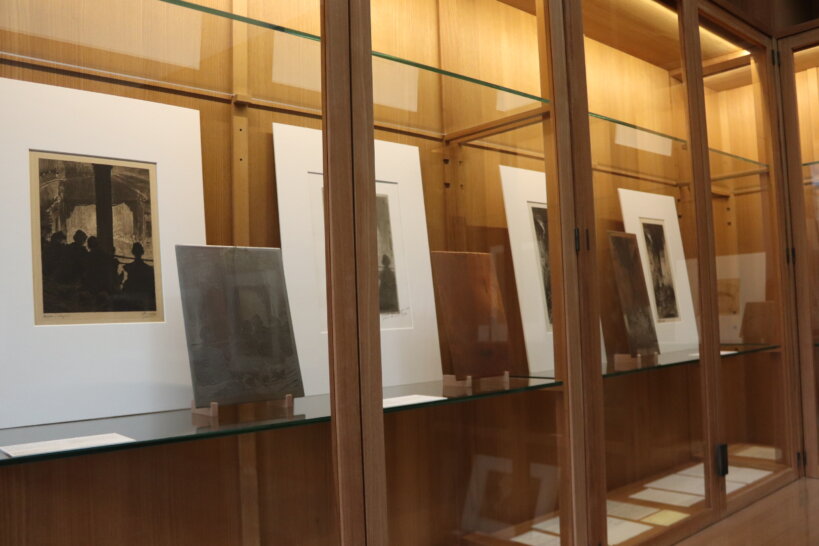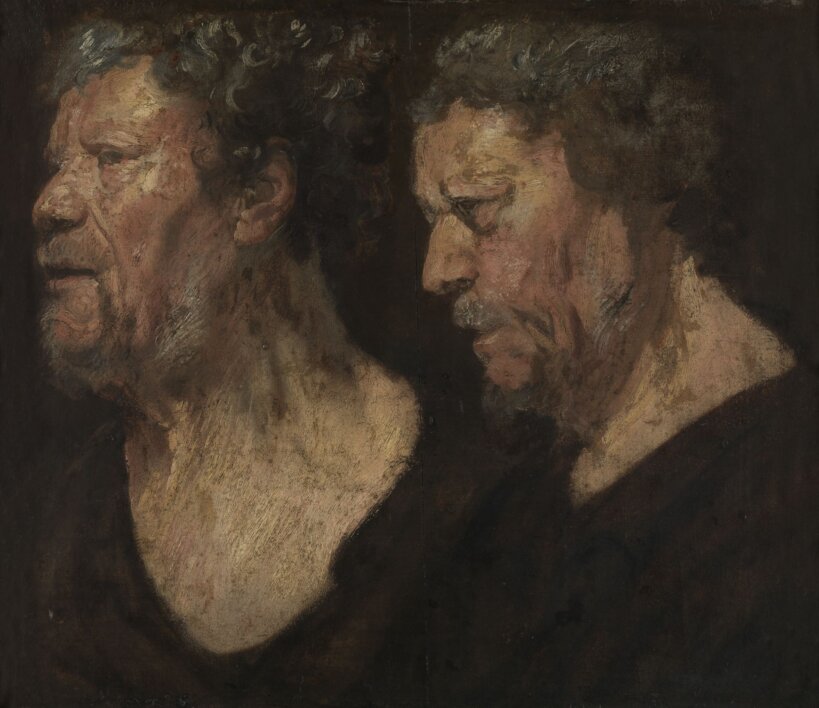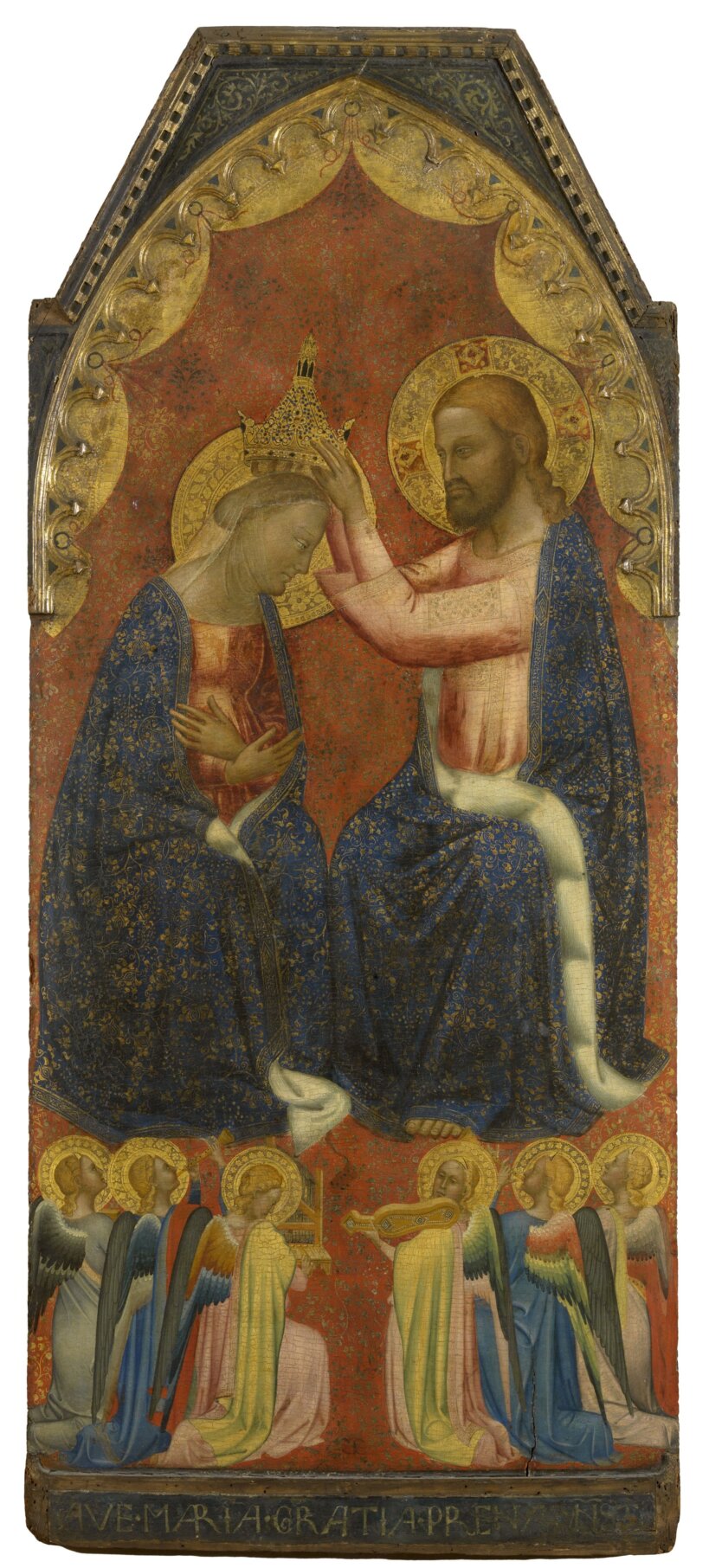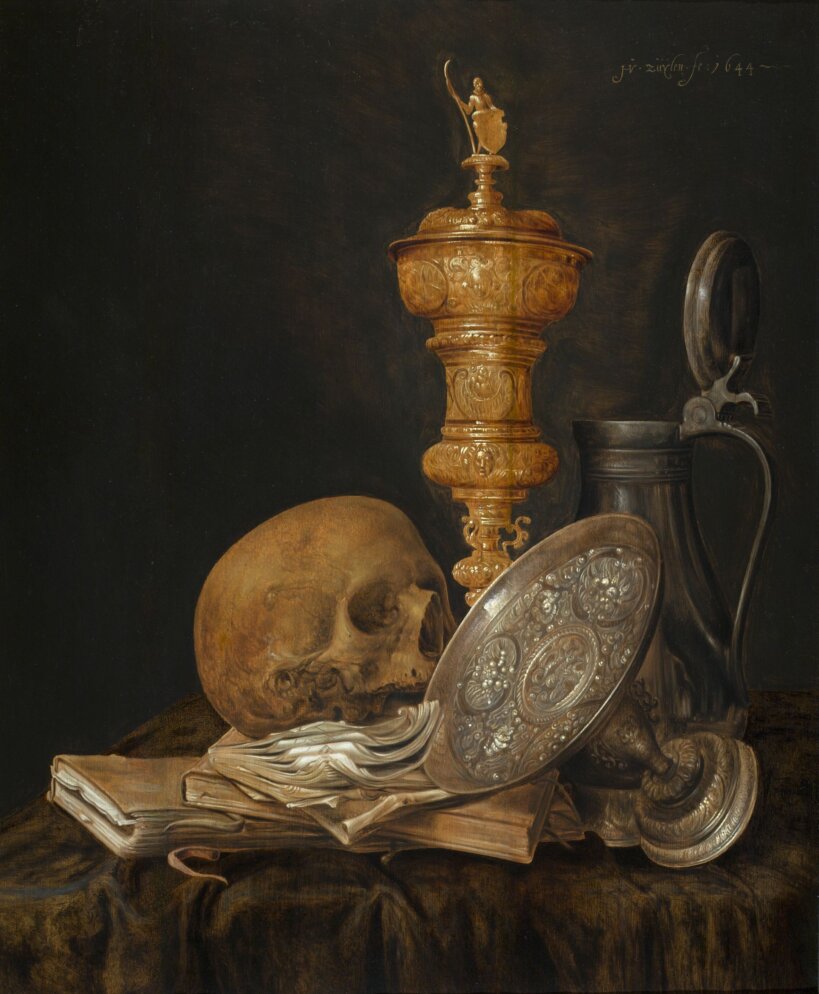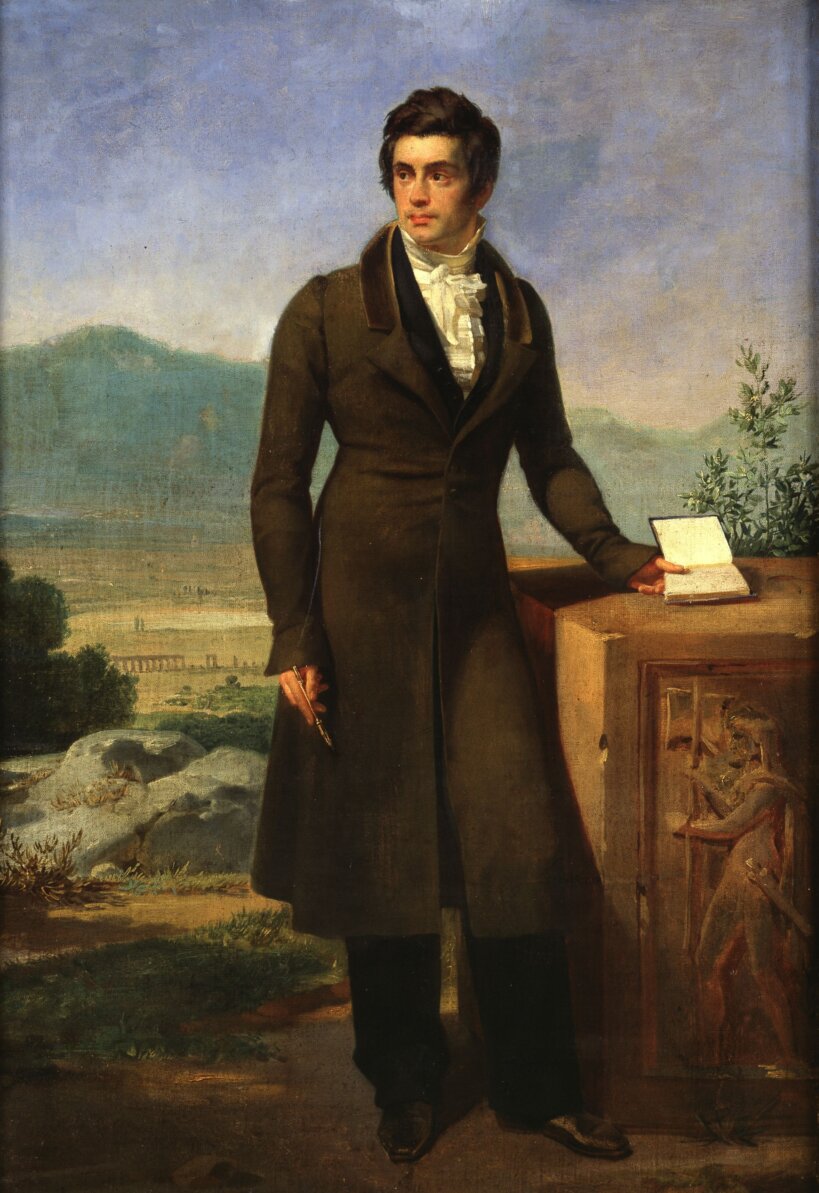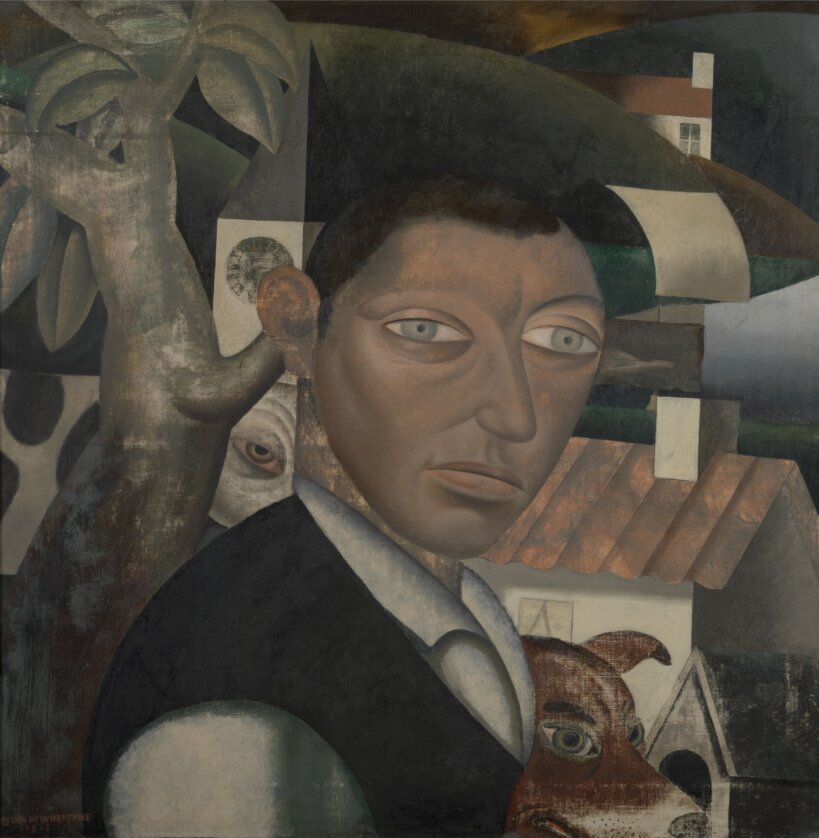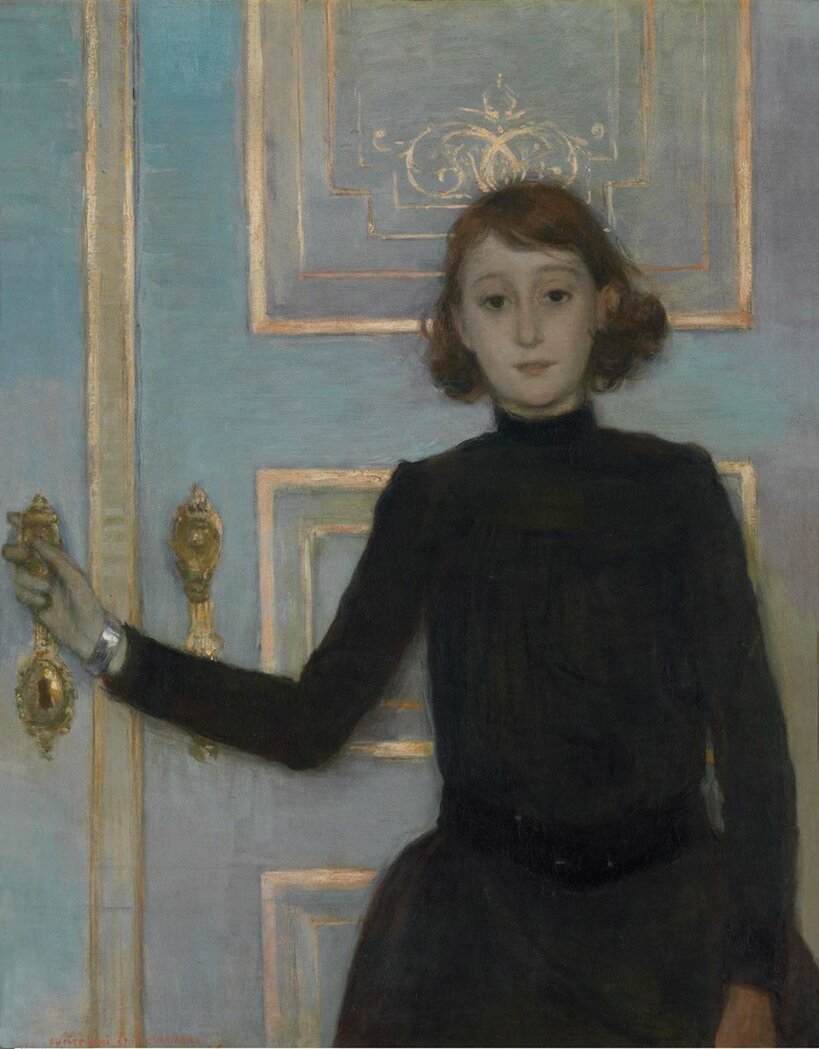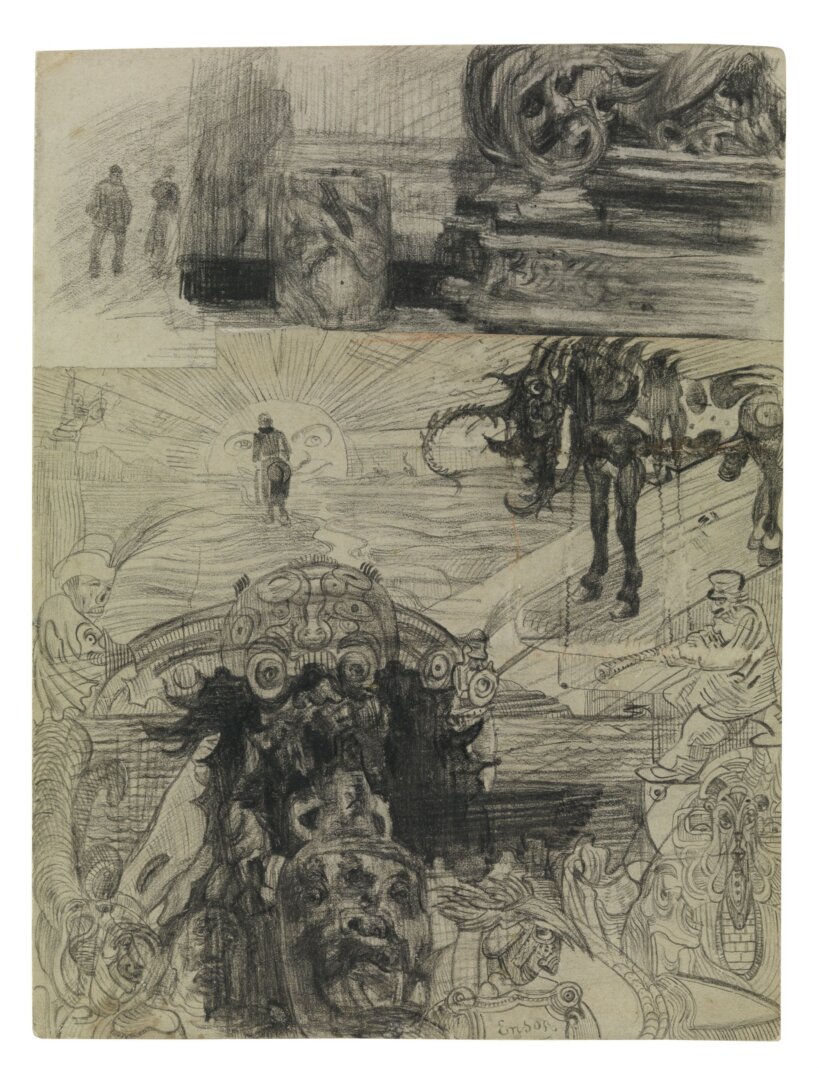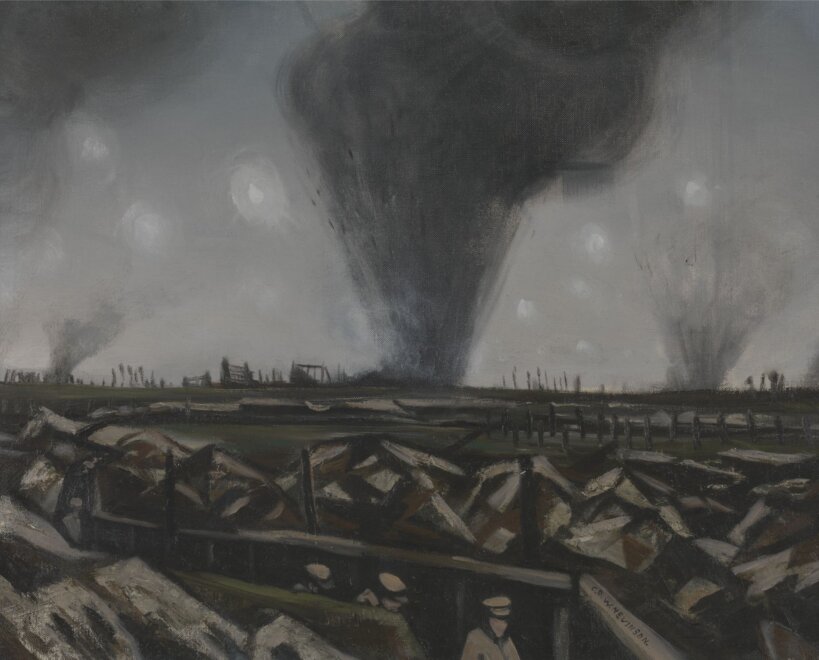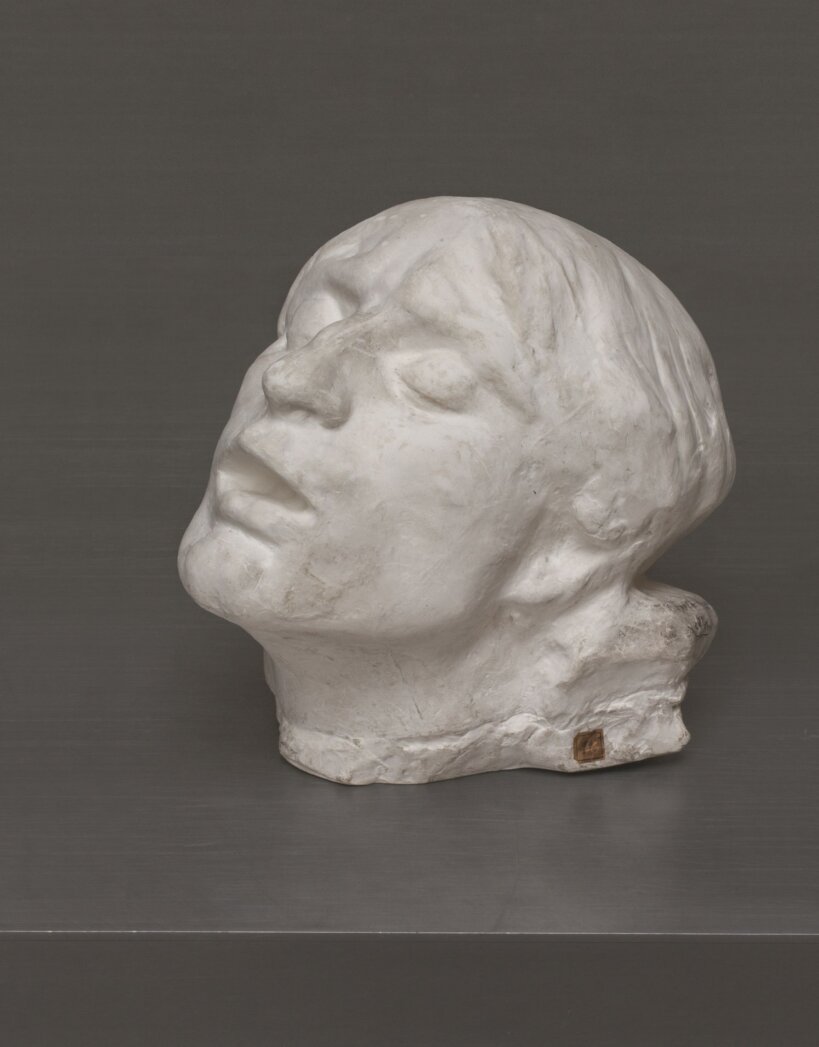Fernand Scribe
chairman from 1897 until 1913
A wealthy retiree – he came from a family of Ghent industrialists – Fernand Scribe devoted his life to the fine arts. He painted himself, befriended numerous Belgian and foreign artists of his time, and often travelled to Paris to persuade painters and sculptors to participate in the Ghent art salons. Scribe became one of the inspirers of the art life of his home city, and of the further development of the MSK in particular.
Inspired by examples in Germany, Fernand Scribe founded the Société des Amis du Musée de Gand in December 1897. His aim was to group Ghent art lovers – some 150 at the time of foundation – and to collect the necessary funds to enrich the museum collection. Partly thanks to Scribe’s drive, the association of friends succeeded in acquiring numerous valuable works of art – by Anthony van Dyck, Peter Paul Rubens, Jacob Jordaens, Théodore Géricault and Gustave Courbet, among others – around the turn of the century and subsequently donated them to the museum.
Over the course of his life, Scribe himself also built a multifaceted collection. He not only collected contemporary art, but also put together an important collection of old masters, applied art and furniture. Upon his death in 1913, this collection was bequeathed to the city of Ghent and subsequently divided between the Museum voor Sierkunsten (now Design Museum Gent) and the MSK. To this day, this donation remains one of the highlights in the history of the institution’s collection development
